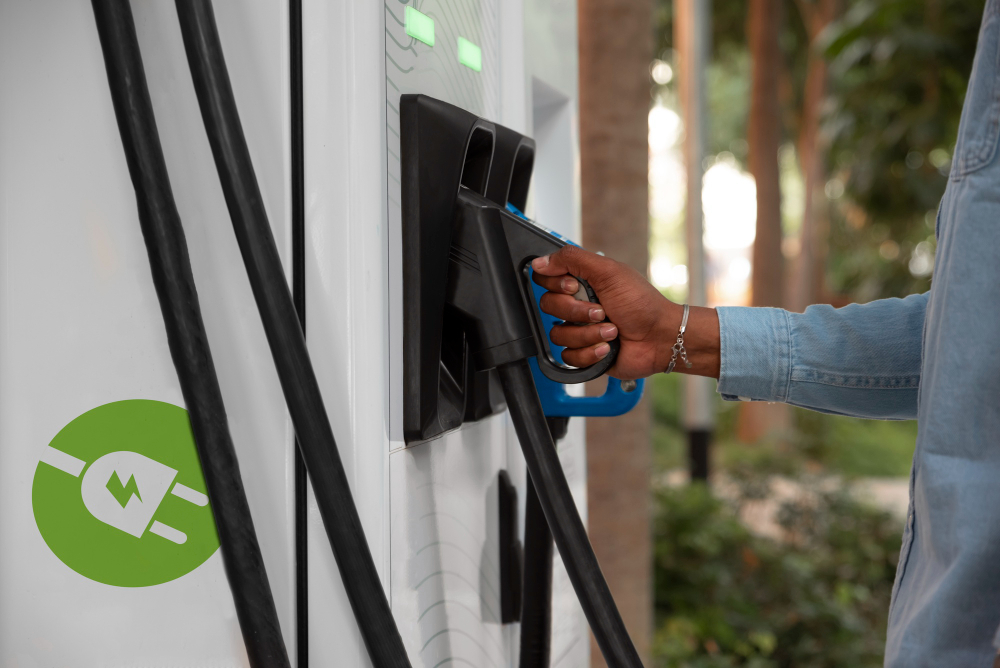EV Charger Installation Best Practices
As electric vehicles (EVs) become increasingly popular, installing an EV charger at home or in commercial spaces is a crucial step toward convenience and sustainability. However, proper installation is essential to ensure safety, efficiency, and compliance with local regulations. Here are some best practices for EV charger installation:
1. Choose the Right EV Charger
Not all EV chargers are the same. Consider the following when selecting the best charger for your needs:
- Level 1 Chargers: Use a standard 120V outlet, suitable for overnight charging.
- Level 2 Chargers: Require a 240V connection, providing faster charging times.
- DC Fast Chargers: Best for commercial or high-traffic areas, offering rapid charging.
2. Verify Electrical Capacity
Before installation, assess your electrical panel’s capacity to determine if upgrades are necessary. Many Level 2 chargers require a dedicated 240V circuit, which may require an electrical panel upgrade if your home’s system is outdated or overloaded.
3. Follow Local Codes and Permits
Each locality has specific electrical codes and permit requirements for EV charger installations. Hiring a licensed electrician ensures compliance with:
- National Electrical Code (NEC) guidelines
- Utility company regulations
- Local inspection requirements
4. Choose an Optimal Installation Location
Selecting the right location enhances safety and accessibility. Consider:
- Proximity to the electrical panel to minimize wiring costs
- Protection from weather conditions (if outdoors, use weatherproof enclosures)
- Easy access for convenient vehicle charging
5. Use Proper Wiring and Circuit Protection
To prevent hazards like electrical overloads and fire risks, ensure:
- Proper gauge wiring for the charger’s power needs
- Ground fault circuit interrupters (GFCIs) for added safety
- Surge protection to safeguard the charger and electrical system
6. Consider Smart Charging Features
Modern EV chargers come with smart features that optimize energy consumption and cost savings. Look for:
- Wi-Fi or Bluetooth connectivity for remote monitoring
- Load management systems to prevent electrical overloads
- Scheduling capabilities to take advantage of off-peak electricity rates
7. Test and Inspect Before Use
After installation, perform a thorough inspection and testing to verify functionality and safety. Key checks include:
- Ensuring the charger delivers the correct voltage and amperage
- Confirming there are no loose connections or overheating issues
- Testing the charger with an EV to verify proper operation
8. Plan for Future Expansion
If installing an EV charger for a home or commercial setting, consider scalability. Future-proofing your installation can save costs down the line if additional EVs need charging access.
Final Thoughts
Proper EV charger installation ensures safety, efficiency, and long-term performance. Hiring a certified electrician and following these best practices will help you get the most out of your EV charging system. Whether for personal or commercial use, investing in a well-planned EV charging setup is a step toward a more sustainable future.
Need professional EV charger installation? Contact us today for expert assistance!


